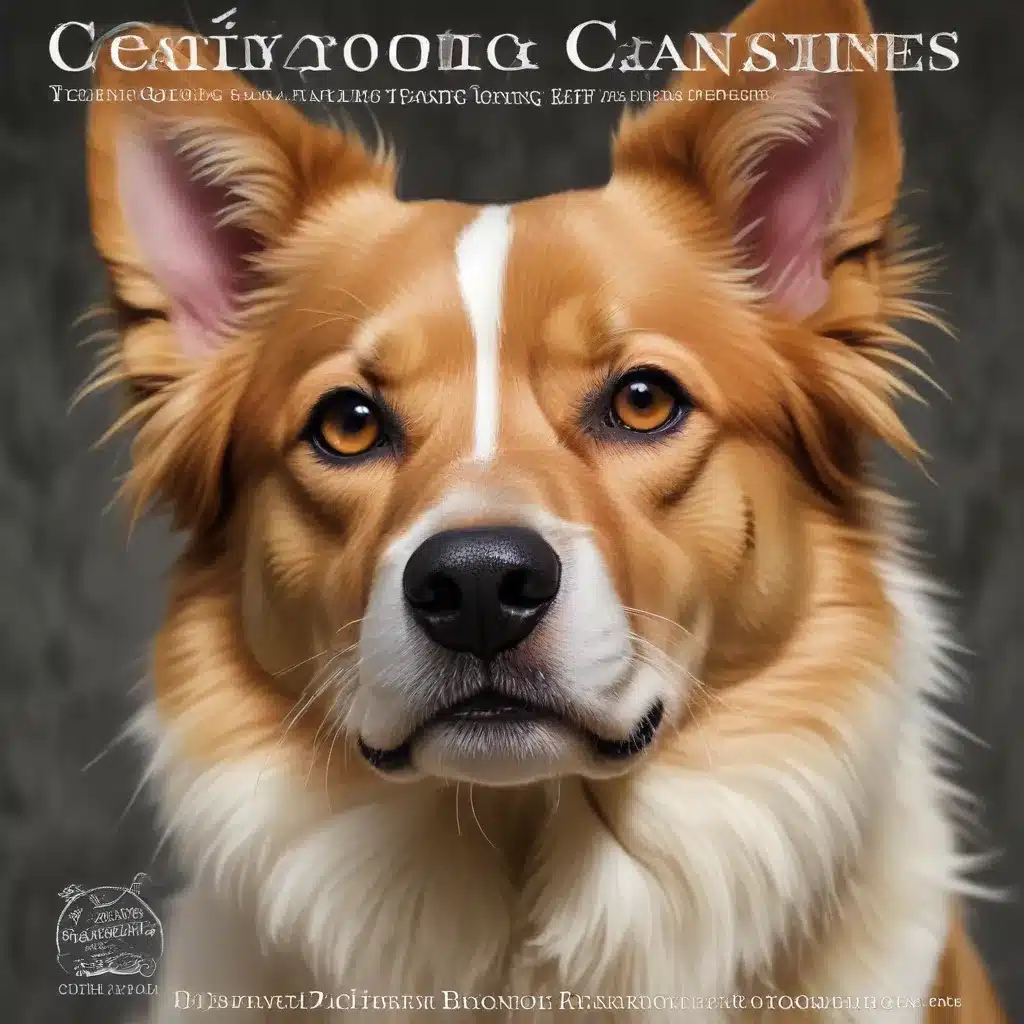
As an art instructor at Pencil & Paint Muse, I’m delighted to share my insights on the captivating world of canine portraiture. Painting our beloved four-legged friends requires a unique blend of technical prowess and artistic vision, allowing us to capture their endearing personalities and boundless energy on the canvas.
Fundamentals of Canine Portraiture
Mastering canine anatomy is the foundation for creating lifelike and expressive pet portraits. From the delicate chiaroscuro of their facial features to the impasto texture of their lush coats, understanding the underlying structure of a dog’s form is essential. Carefully observe the placement of the eyes, the slope of the muzzle, and the angles of the ears to achieve an accurate and anatomically sound representation.
Equally important is the application of color theory when depicting canine coats. The diverse range of hues, from the sleek ebony of a Labrador to the golden sheen of a retriever, requires a keen eye for nuance. Experiment with layering and blending techniques to simulate the depth and vibrancy of a dog’s fur, paying close attention to how light interacts with the different textures and patterns.
Beyond the physical attributes, capturing the emotional expressiveness of a canine subject is a true mark of a skilled pet portrait artist. Study the subtleties of a dog’s body language, from the tilt of the head to the position of the tail, to convey a sense of personality and mood. Mastering the art of rendering canine facial expressions, with all their endearing quirks and idiosyncrasies, will breathe life into your paintings and forge a deeper connection with the viewer.
Artistic Mediums for Canine Subjects
The versatility of different artistic mediums allows artists to explore a wide range of canine painting styles, each with its unique advantages. For those seeking a lifelike, photorealistic approach, oils are an exceptional choice. The blendable nature of oil paints enables seamless transitions and the buildable impasto technique can create a lush, tactile rendering of a dog’s coat.
Watercolors, on the other hand, lend themselves to a more expressive and fluid interpretation of canine subjects. The transparent washes and spontaneous nature of the medium can capture the essence of a dog’s energy and personality, inviting the viewer to engage with the artwork on an emotional level.
Acrylics provide a vibrant and versatile medium for pet portrait artists, bridging the gap between the realism of oils and the expressiveness of watercolors. The quick-drying properties of acrylics allow for layering and glazing techniques that can achieve a wide range of effects, from the soft-edged fur of a Poodle to the crisp details of a Dalmatian’s spots.
Canine Poses and Compositions
When composing a canine portrait, consider the dynamic movements and natural poses that best showcase your subject’s character. Capturing a dog in mid-stride, leaping in the air, or curled up in a moment of repose can infuse the painting with a sense of energy and lifefulness. Experiment with foreshortening and perspective to create a sense of depth and dimensionality, drawing the viewer into the scene.
Equally captivating are canine portraits set within natural environments, where the interplay between the dog and its surroundings heightens the sense of narrative and context. Thoughtfully incorporate elements like lush landscapes, cozy interiors, or playful outdoor settings to create a cohesive and visually engaging composition.
For those seeking to depict multiple canine subjects, mastering the art of group compositions can be a rewarding challenge. Carefully arrange the dogs in a balanced and harmonious manner, considering their relative sizes, positions, and interactions to create a visually compelling ensemble. Utilize overlapping and negative space to guide the viewer’s eye through the scene, ensuring a seamless and dynamic overall composition.
Enhancing Canine Realism
To elevate the realism of your canine portraits, focus on the meticulous rendering of fur textures, eyes, and other distinguishing features. Experiment with hatching, cross-hatching, and scumbling techniques to capture the intricate patterns and varied tonal range of a dog’s coat, evoking a sense of depth and dimension.
The eyes, often considered the windows to a dog’s soul, deserve special attention. Mastering the nuanced interplay of highlights, reflections, and subtle shadows in the eyes can breathe life into your subjects, conveying a range of emotions from playful mischief to soulful contemplation.
Integrating canine accessories and props, such as collars, leashes, or toys, can also enhance the realism and storytelling elements of your pet portraits. These carefully chosen elements not only add visual interest but also provide valuable contextual cues about the dog’s personality and relationship with its human companion.
Captivating Canine Inspirations
As you embark on your journey of creating captivating canine portraits, draw inspiration from the wealth of talented artists who have made their mark in this genre. Collage artist Samuel Price, for example, has redefined the medium with his magazine paper collage works, showcasing a unique and emotionally resonant approach to canine portraiture. Visit Snap Collective to explore Price’s “Dogs in Collage” collection.
Similarly, the fabric collage quilts of Susan Carlson celebrate the endearing personalities of our four-legged friends, evoking a sense of warmth and whimsy. Carlson’s “Canine Collection” on her website provides a wonderful source of inspiration for those drawn to the tactile and textural nature of this medium.
Whether you prefer the photorealistic oils, the expressive watercolors, or the vibrant acrylics, the world of canine portraiture offers boundless opportunities for artistic exploration and expression. Embrace the unique challenges, celebrate the captivating quirks of your canine subjects, and let your passion for these beloved companions shine through in your paintings.